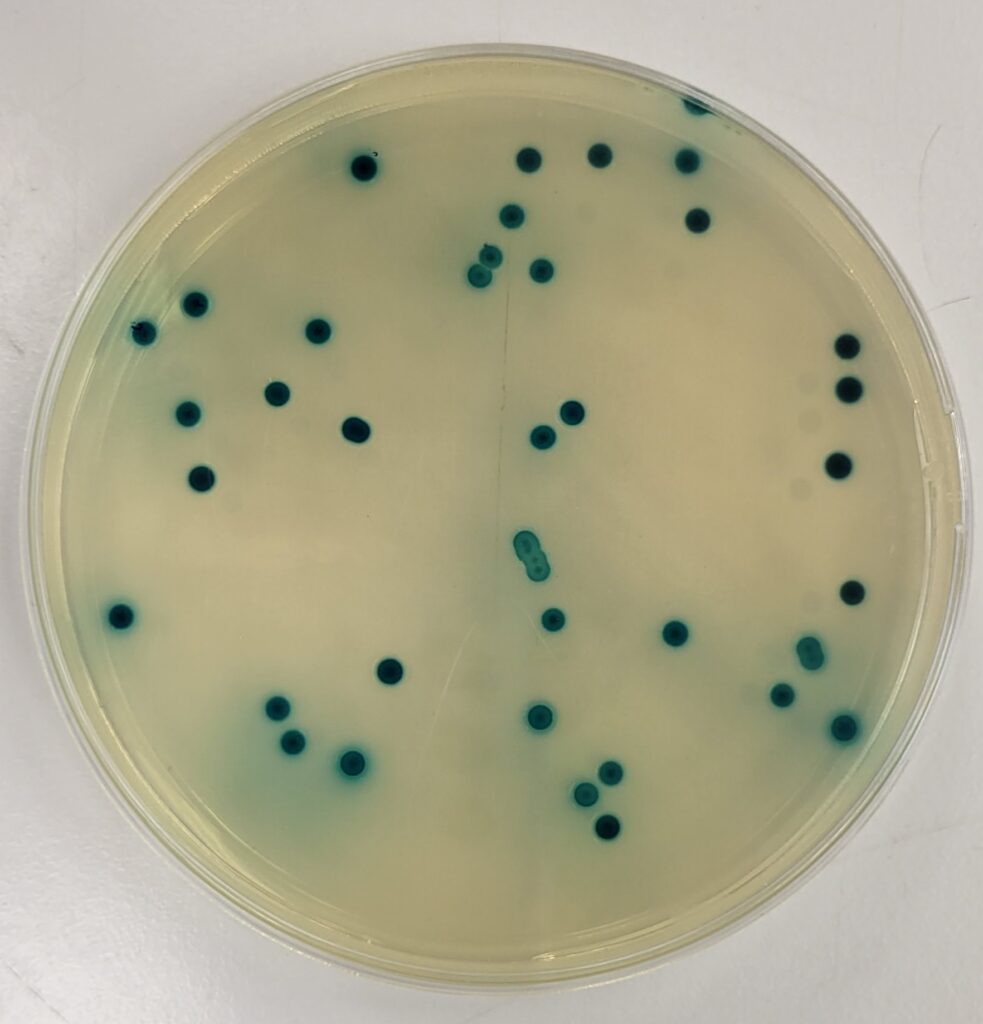
Necidová L., Bursová Š., Zouharová A., Haruštiaková D., Bartáková K. Růst a množení Escherichia coli
při porušení chladicího řetězce drůbežího masa. Veterinářství 2024;74(12):673-677.
SOUHRN
V prezentované studii byl hodnocen výskyt ß-D-glukuronidáza pozitivních Escherichia coli u chlazeného drůbežího masa v prostém balení a v balení s modifikovanou atmosférou (MAP) při porušení teploty během skladování a transportu. Během transportu nesmí teplota drůbežího masa přesáhnout 4 °C (nařízení Evropského parlamentu a Rady /ES/ č. 853/2004). V experimentu byla použita chlazená drůbeží stehna s kůží a drůbeží prsa bez kůže v prostém balení a v balení s MAP. Modelové experimenty simulovaly zvýšení teploty během transportu na 8, 11, 14, 17, 20 a 25 °C. Doba expozice byla 1, 2, 3, 3,5 a 4 h. Počty E. coli byly stanovovány plotnovou metodou (ČSN ISO 16649-2) ihned po expozici vzorků zvýšené teplotě (0 h), 3 h a 24 h po návratu do prostředí s požadovanou teplotou (4 °C). Nejčastější detekce E. coli byla zaznamenána u kuřecích stehen v prostém balení, kde 4 % vzorků (12/294) překročila limit 2,7 log KTJ/g-1 (5.102 KTJ.g-1) doporučený ČSN 569609. U drůbežích prsou (v prostém balení i v MAP) a u drůbežích stehen balených v MAP nebyl počet E. coli ovlivněn teplotou a délkou expozice zvýšené teplotě. Nebyl prokázán vliv porušení chladicího řetězce na počty E. coli a lze konstatovat, že na počty této bakterie má vliv především počáteční kontaminace masa.*
Klíčová slova: balení, transport, mikrobiologická kvalita
SUMMARY
In this study, the incidence of ß-D-glucuronidase positive Escherichia coli in chilled poultry in plain packaging and in modified atmosphere packaging (MAP) was evaluated due to temperature violations during storage and transport. During transport chilled poultry meat products must be kept at a temperature below 4 °C (Regulation (EC) No 853/2004). Chilled poultry meat (chicken legs with skin and breast without skin) was packaged in air packaging and in modified atmosphere (MAP) for the purposes of the experiment. The model experiments simulated an increase of temperature during the transport to 8, 11, 14, 17, 20 and 25 °C. The exposure time was 1, 2, 3, 3.5 and 4 h. The E. coli count in the samples was determined by plate method (ČSN ISO 16649-2) immediately after exposure to higher temperature (0 h), 3 h and 24 h after returning to the adequate temperature (4 °C). Most frequent E. coli detection and the highest E. coli count was observed in chicken legs in air packaging, the 4 % samples (12/294) exceeded the limit recommended by the standard ČSN 569609 2.7 log CFU.g-1. The E. coli count was not influenced by temperature and by duration of exposure to higher temperature in chicken breast (both in air packaging and in MAP) and in chicken legs in MAP. The effect of the cooling chain interruption on the E. coli count was not proven, and it can be stated that the numbers of this bacterium are mainly influenced by the initial contamination of the meat.
Key words: packaging, transport, microbiological quality